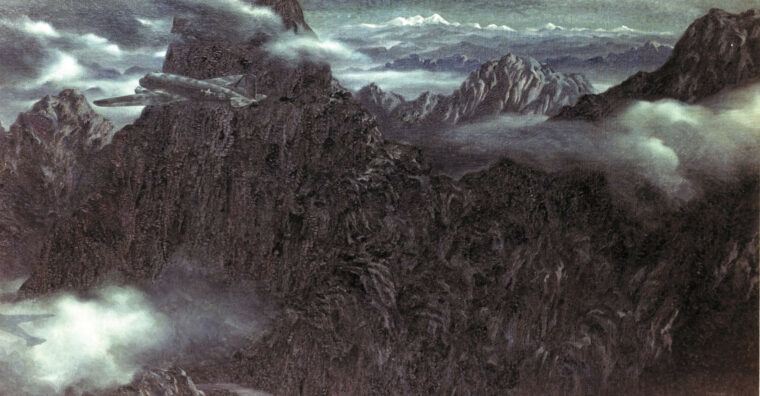
Royal Air Force
Over the Hump: Supplying Allied Forces over the Himalayas
By Sam McGowanIn truth, it really was not a combat operation. For every airplane lost to enemy action, a hundred were destroyed in accidents. Read more

Royal Air Force
In truth, it really was not a combat operation. For every airplane lost to enemy action, a hundred were destroyed in accidents. Read more
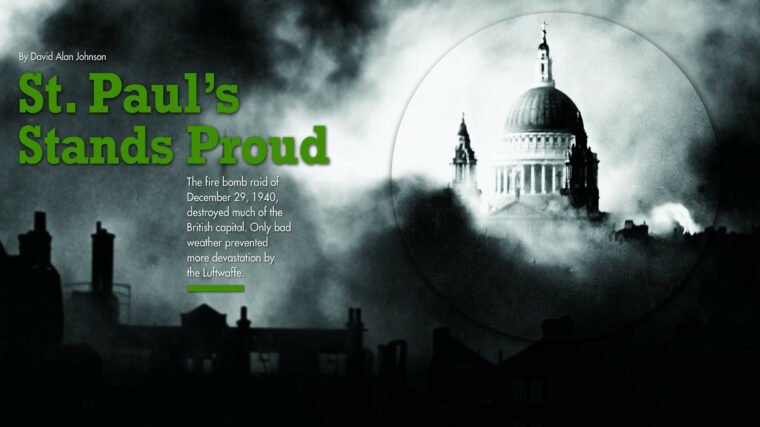
Royal Air Force
At St. Paul’s Cathedral, the rooftop lookout telephoned the cathedral control center at 6 pm to report that air raid sirens were sounding off to the southwest. Read more
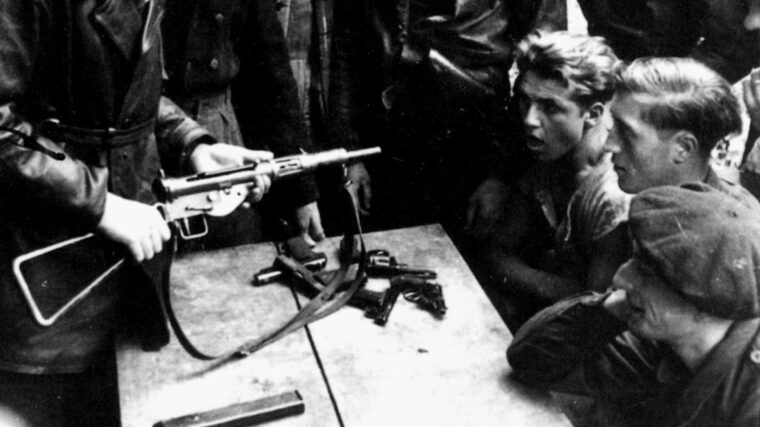
Royal Air Force
On June 6, 1944, hundreds of thousands of Allied troops, planes, and ships departed from their bases in England bound for the shores of France in what was to be the greatest invasion of all time. Read more
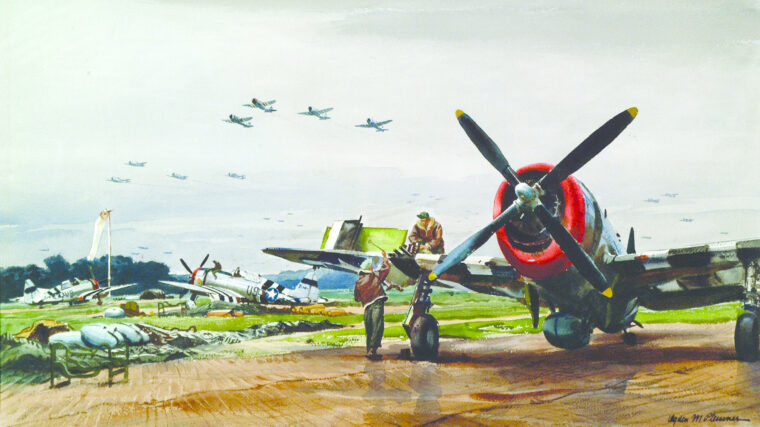
Royal Air Force
Since the end of World War II, the aviation press has made the North American P-51 Mustang into the superstar Allied fighter of the war. Read more
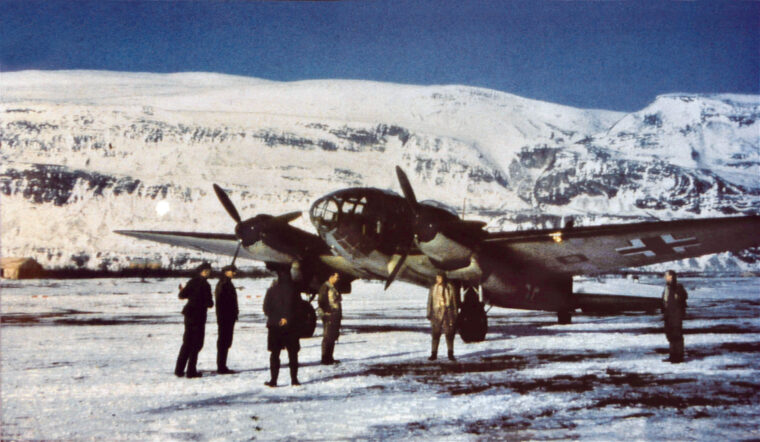
Royal Air Force
The fundamental pillars of war—strategy and tactics— inevitably depend on an imponderable and uncontrollable factor: the weather. With the increasing sophistication of weather data gathering, analysis, and forecasting in the early 20th century, predicting the weather became an integral part of World War II. Read more
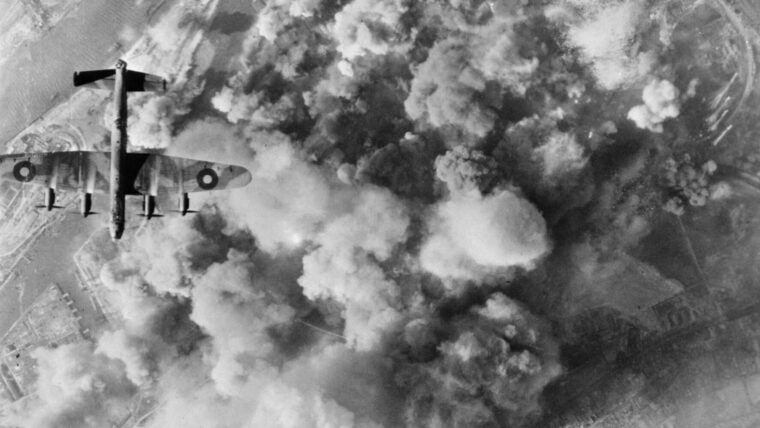
Royal Air Force
Powerful, brisling with firepower and able to carry an amazingly large bombload, the majestic Avro Lancaster, along with the iconic Supermarine Spitfire, has come to symbolize the might of the Royal Air Force in World War II. Read more
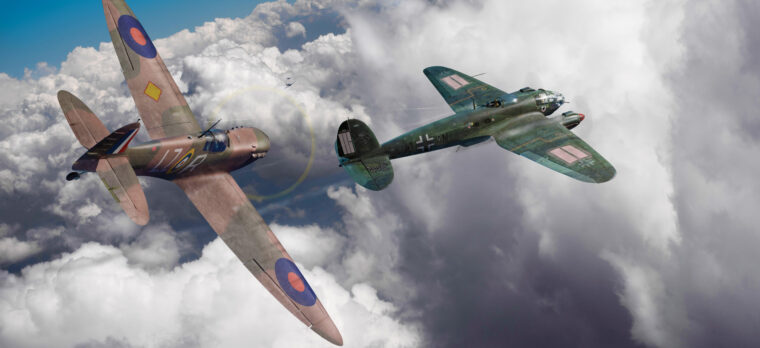
Royal Air Force
In the six weeks since Britain’s formal declaration of war against Germany on September 3, 1939, the Royal Air Force (RAF) pilots of No. Read more
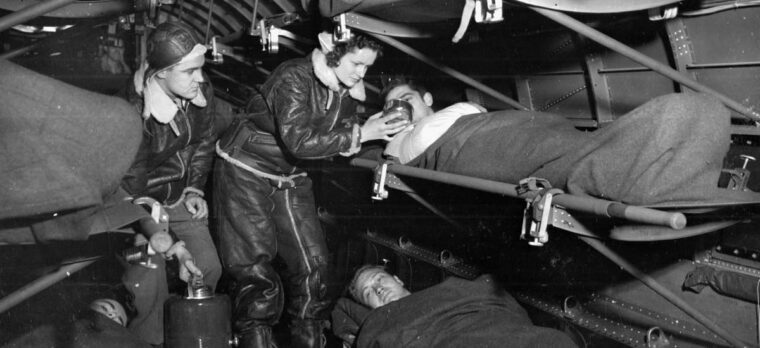
Royal Air Force
In a field hospital in Normandy, France, 1st Lt. Madeline “Del” D’Eletto was watching an Army doctor operate on a soldier’s head injury when one of her fellow nurses asked, “What do I do with this?” Read more
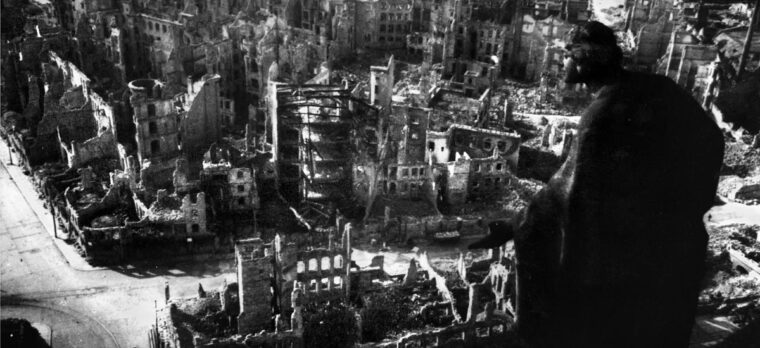
Royal Air Force
It was February 1945, and the Bombing of Dresden had yet to commence. At this point in the war, the citizens of the capital of the German state of Saxony were beginning to think that they were living a charmed life. Read more
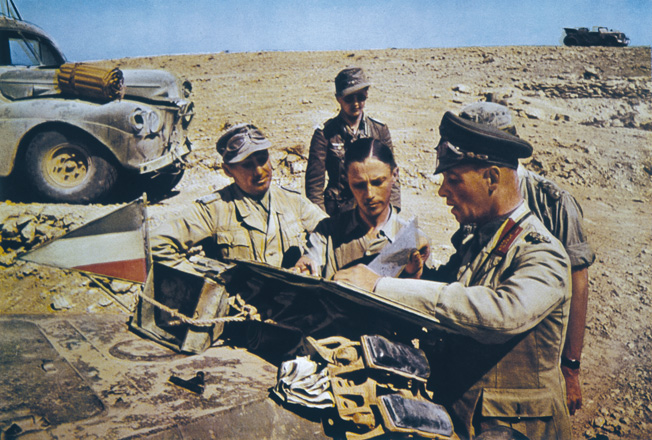
Royal Air Force
Born on November 15, 1891, in Heidenheim, Germany, Erwin Rommel was a hero of World War I, receiving the Pour le Mérite, or Blue Max, for his actions on the Italian Front. Read more
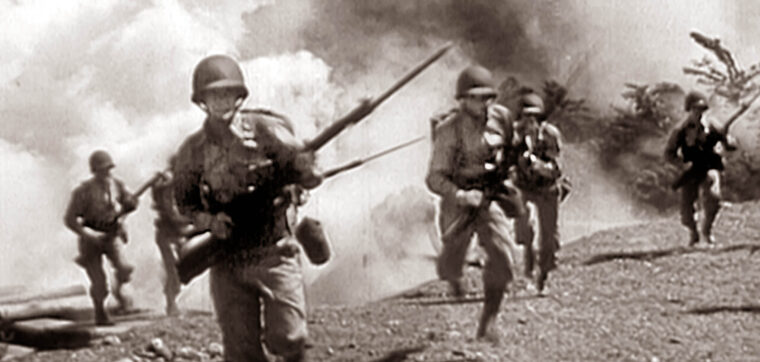
Royal Air Force
General George C. Marshall had a problem. With the U.S. entry into World War II, he had to explain to an isolationist nation why the country was going to war. Read more
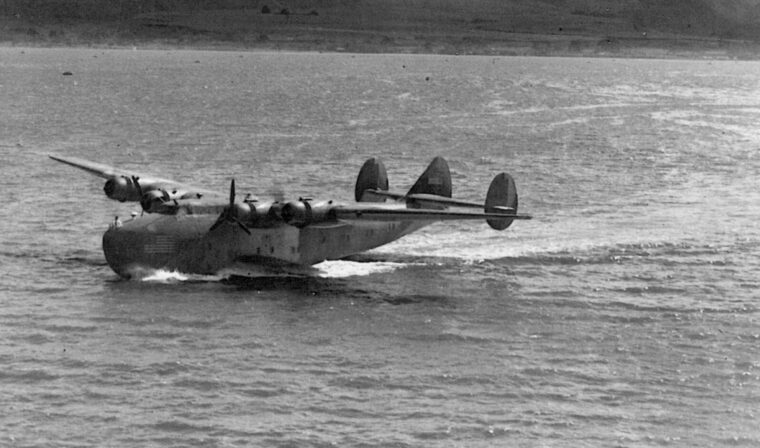
Royal Air Force
On the afternoon of January 7, 1943, Boeing 314s Dixie Clipper and Atlantic Clipper took off from the Marine Air Terminal, La Guardia Airport in New York, their destination Miami. Read more
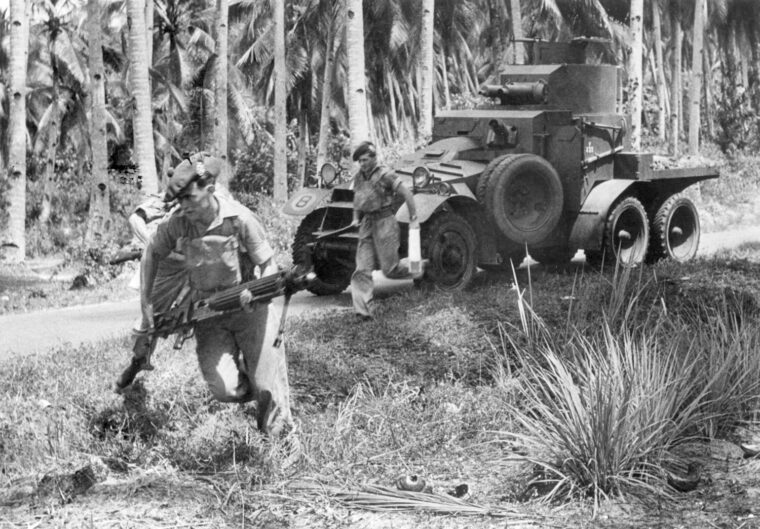
Royal Air Force
The moon like a tray was sinking in the western sea and the deep red sun showed its face to the east. Read more
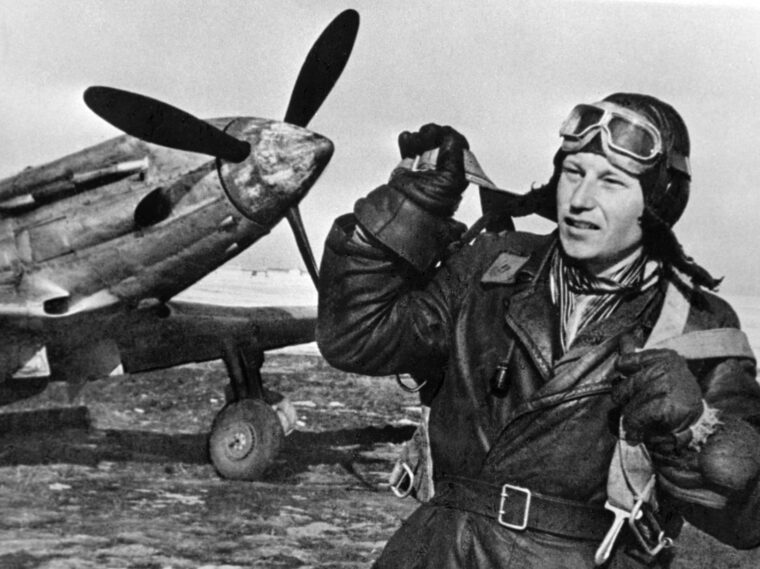
Royal Air Force
According to contemporary Soviet news sources, fighter Ace Alexander Pokryshkin was the most famous pilot in the Red Air Force during World War II. Read more
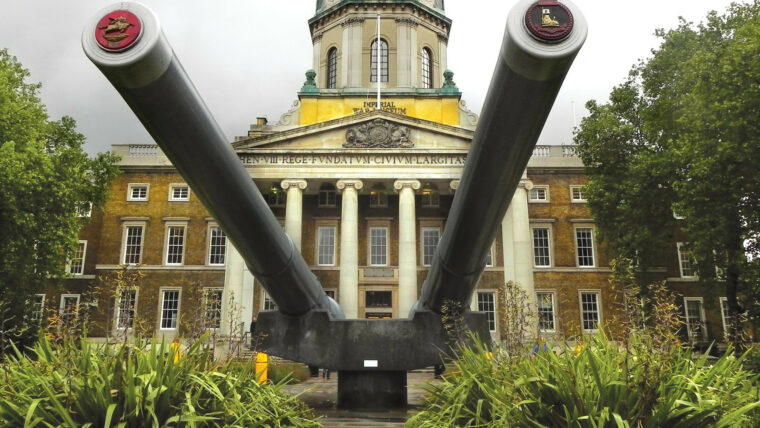
Royal Air Force
Although Britain has a number of war museums, the Imperial War Museum (IWM) is acknowledged as the Holy Grail of them all—the one you must visit when in London. Read more
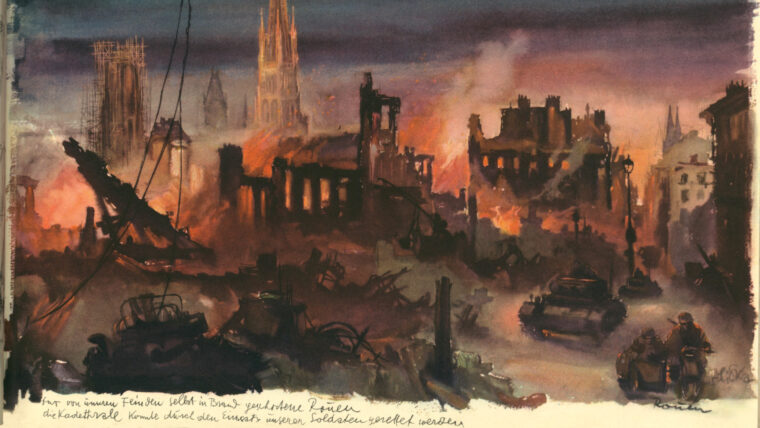
Royal Air Force
By any standard, the ancient city of Rouen, in Upper Normandy, is a historical treasure. Within its magnificent High Gothic Notre-Dame Cathedral (which was portrayed in a famous series of paintings by the Impressionist Claude Monet as well as by his contemporary Camille Pissarro) is a tomb containing the heart of Richard the Lionheart (1157-1199) who had been King of England and the Duke of Normandy. Read more
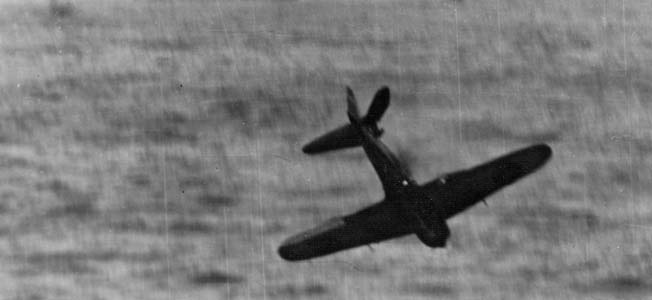
Royal Air Force
The deliberate crashing into enemy targets by Japanese aviators did not begin at the Battle of Santa Cruz Islands. Read more
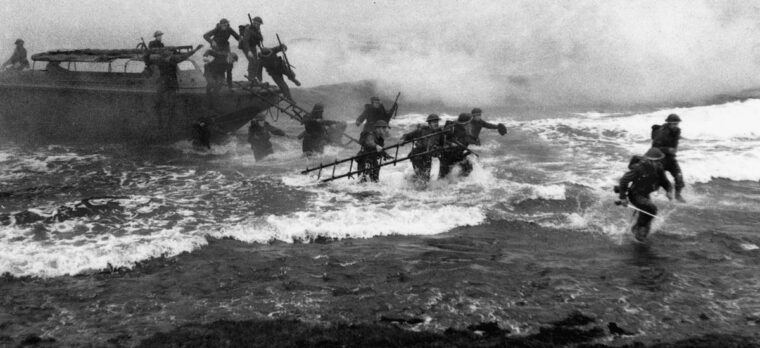
Royal Air Force
It was May 1940, and the German officer’s unit was attacking toward a village called l’Epinette, near Bethune, France. Read more
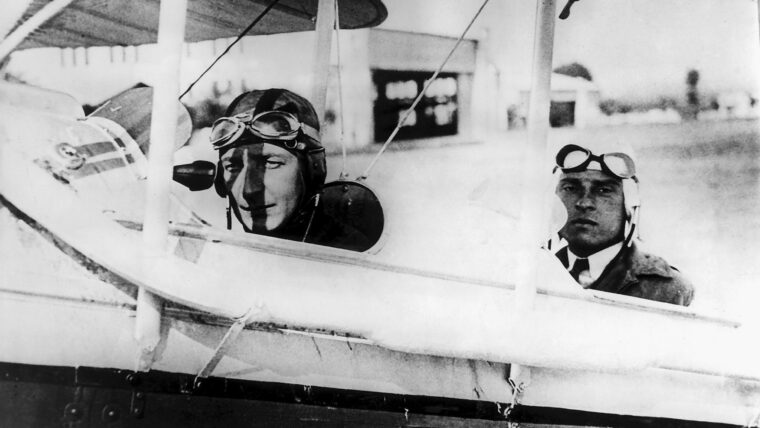
Royal Air Force
On the morning of May 15, 1942, a strange motorcade rolled out of Campo Four, located 170 hot, dusty miles south of the Italian base at Jalo oasis in northeast Libya. Read more
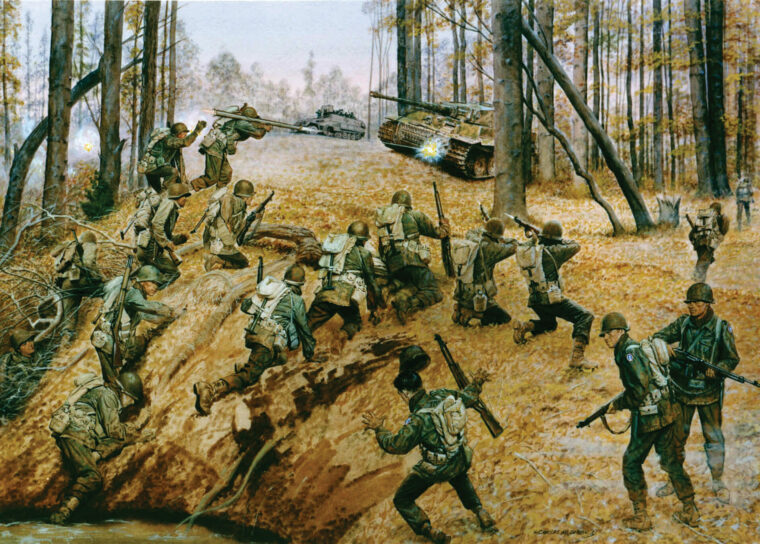
Royal Air Force
(Scott McGaugh, Da Capo Press, Boston, 2016, 257 pp., Read more